BENGALURU (PTI): ISRO on Monday said its latest earth observation satellite EOS-08 will now be launched onboard the third and final developmental flight of its Small Satellite Launch Vehicle (SSLV)-D3 on August 16.
The space agency had earlier announced that the launch will be on August 15.
ISRO did not cite any reason for the delay.
The primary objectives of the EOS-08 mission include designing and developing a microsatellite, creating payload instruments compatible with the microsatellite bus and incorporating new technologies required for future operational satellites, the Bengaluru-headquartered national space agency said.
"SSLV-D3/EOS-08 Mission: The launch of the third developmental flight of SSLV is scheduled for August 16, 2024, in a launch window of one hour starting at 09:17 Hrs. IST," ISRO posted on social media platform X.
The launch is from Satish Dhawan Space Centre, Sriharikota. The mission completes the SSLV Development Project and enables operational missions by Indian industry and NewSpace India Limited (NSIL).
Built on the Microsat/IMS-1 bus, EOS-08 carries three payloads: Electro Optical Infrared Payload (EOIR), Global Navigation Satellite System-Reflectometry payload (GNSS-R), and SiC UV Dosimeter.
The spacecraft has a mission life of one year. It has a mass of approximately 175.5 kg and generates power of around 420 W. The satellite interfaces with the SSLV-D3/IBL-358 launch vehicle, ISRO said.
The EOIR payload is designed to capture images in the Mid-Wave IR (MIR) and Long-Wave IR (LWIR) bands, both during the day and night, for applications such as satellite-based surveillance, disaster monitoring, environmental monitoring, fire detection, volcanic activity observation, and industrial and power plant disaster monitoring, according to the space agency.
The GNSS-R payload demonstrates the capability of using GNSS-R-based remote sensing for applications such as ocean surface wind analysis, soil moisture assessment, cryosphere studies over the Himalayan region, flood detection, and inland waterbody detection.
The SiC UV Dosimeter monitors UV irradiance at the viewport of the Crew Module in the Gaganyaan Mission and serves as a high-dose alarm sensor for gamma radiation.
According to ISRO, EOS-08 marks a significant advancement in satellite mainframe systems such as an Integrated Avionics system, known as the Communication, Baseband, Storage and Positioning (CBSP) Package, which combines multiple functions into a single efficient unit.
"This system is designed with cold redundant systems using commercial off-the-shelf (COTS) components and evaluation boards, supporting up to 400 gb of data storage. Additionally, the satellite includes a structural panel embedded with PCB, an embedded battery, a Micro-DGA (Dual Gimbal Antenna), an M-PAA (Phased Array Antenna), and a flexible solar panel, each serving as key components for onboard technology demonstration, it said.
ISRO to launch its latest earth observation satellite on August 16
Article Posted on : - Aug 13, 2024
Other Related News
From MiG-21 to Mirage to Rafale jets: A look at India's key fighter aircraft acquisitions
From opting for the Russian Mikoyan-Gurevich Design Bureau-made MiG-21 in 1961 to receiving the first batch of five French-manufactured Rafale multi-role combat jets on Wednesday, India has come a long way in boosting its air-strike prowess.
 Previous Article
Previous Article Next Article
Next Article
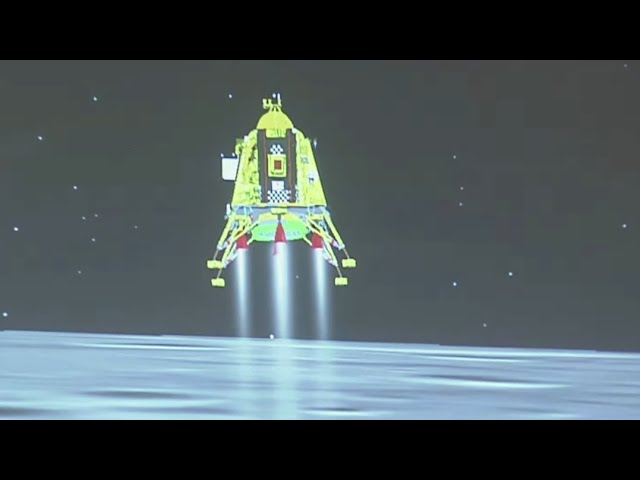
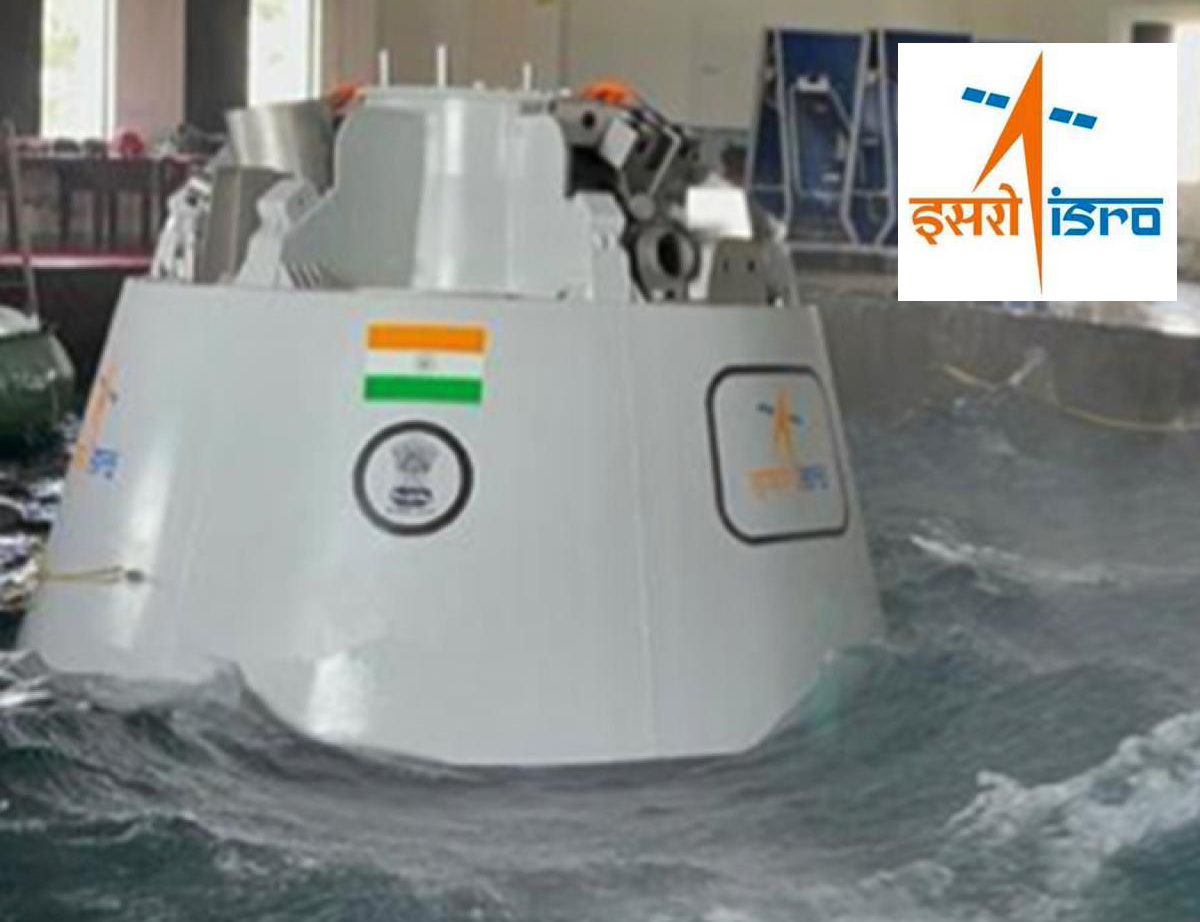
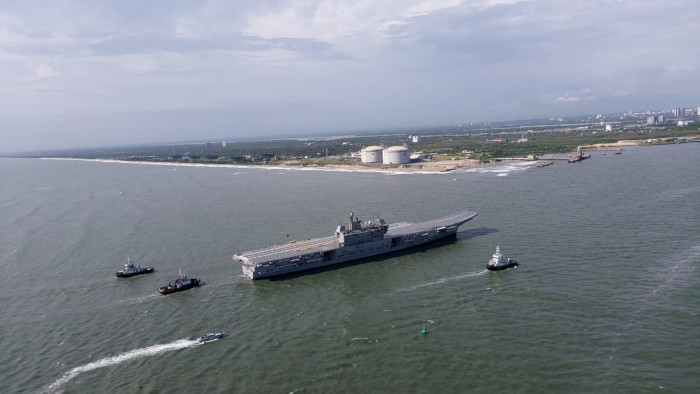
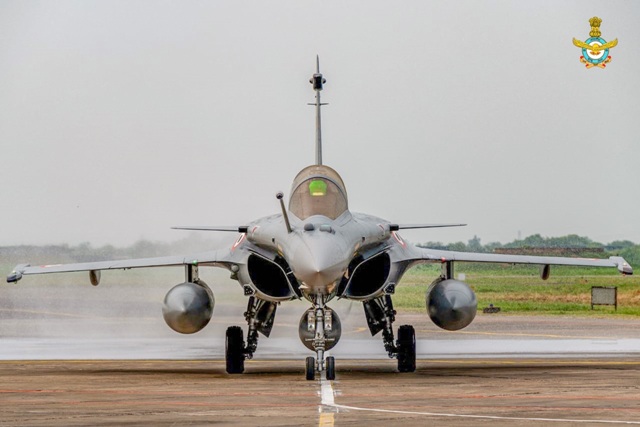


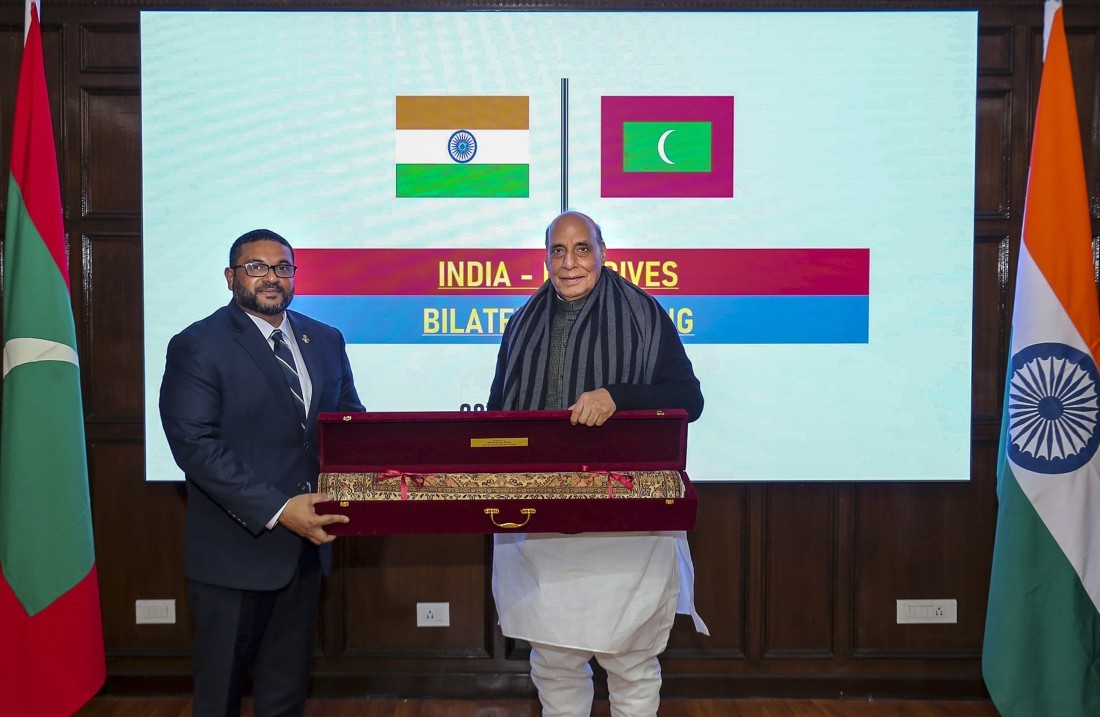
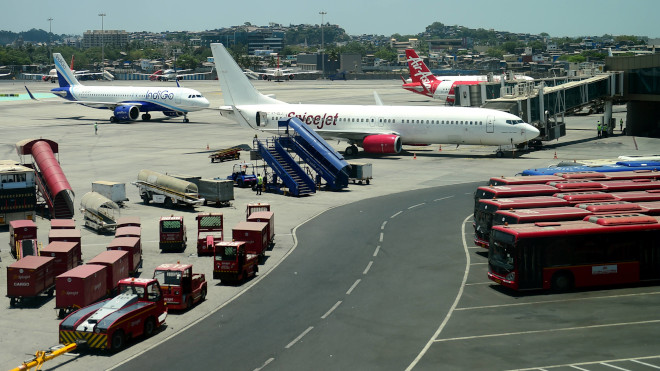
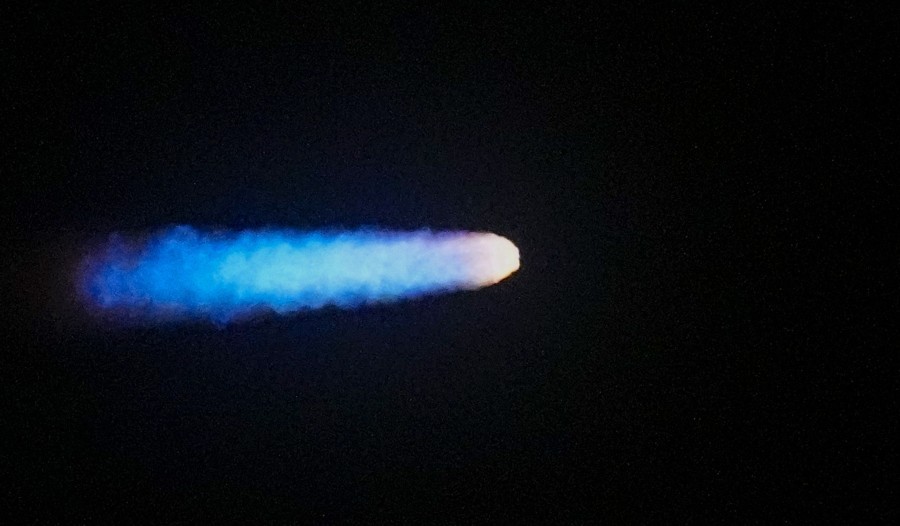





The Indian Air Force, in its flight trials evaluation report submitted before the Defence Ministry l..
view articleAn insight into the Medium Multi-Role Combat Aircraft competition...
view articleSky enthusiasts can now spot the International Space Station (ISS) commanded by Indian-American astr..
view article